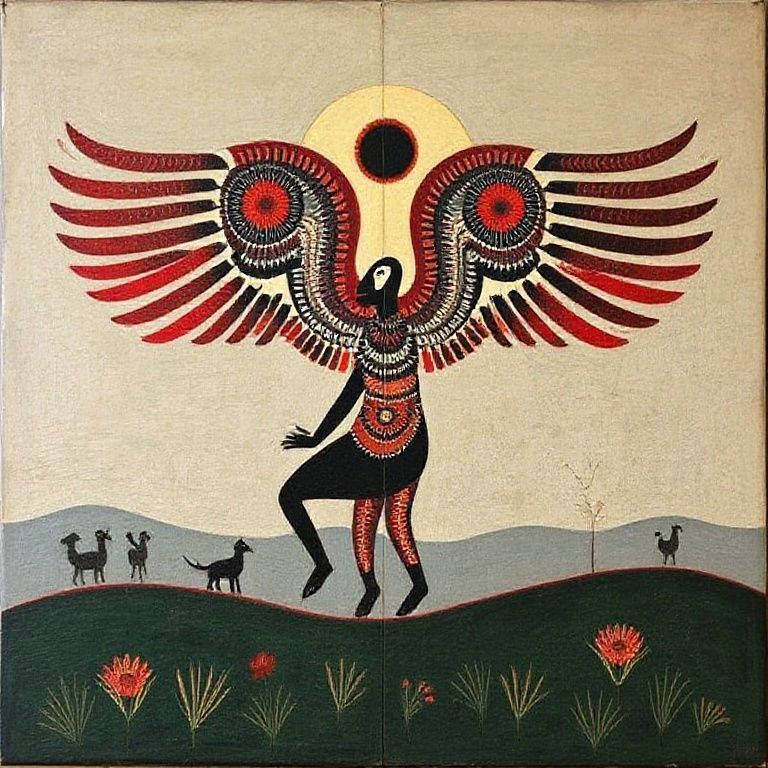Mexico’s vibrant culture is deeply intertwined with the artistry of its Indigenous communities. From intricate textiles to stunning pottery and captivating paintings, these creations offer a glimpse into the rich traditions and histories passed down through generations. However, purchasing Indigenous art comes with a responsibility: ensuring that your support directly benefits the artists and their communities, preserving their cultural heritage and fostering economic empowerment.
This guide aims to provide you with the knowledge and tools to become a responsible buyer of Indigenous art in Mexico. By understanding the challenges faced by Indigenous artists and adopting ethical purchasing practices, you can contribute to a more sustainable and equitable art market.
Understanding the Challenges
Indigenous artists often face significant challenges in accessing markets and receiving fair compensation for their work. These challenges include:
Exploitation by Intermediaries
- Many artists are forced to sell their work to intermediaries at unfairly low prices, who then resell the pieces at a significant profit, leaving the artists with minimal income.
- Lack of direct access to markets prevents artists from setting their own prices and building relationships with customers.
Cultural Appropriation and Misrepresentation
- Mass-produced, imitation products often flood the market, devaluing authentic Indigenous art and eroding the cultural significance of traditional designs.
- Misrepresentation of the origins and techniques used in creating the art can further undermine the value and authenticity of Indigenous craftsmanship.
Economic Vulnerability
- Limited economic opportunities in many Indigenous communities force artists to rely heavily on art sales for their livelihoods.
- Fluctuations in tourism and market demand can significantly impact their income and financial stability.
Ethical Practices for Supporting Indigenous Artists
By adopting ethical purchasing practices, you can help address these challenges and contribute to a more sustainable and equitable art market. Here are some key considerations:
Buy Directly from Artists or Reputable Organizations
Whenever possible, purchase directly from the artists themselves at local markets, cooperatives, or workshops. This ensures that the artists receive the full value of their work. If direct purchase isn’t feasible, seek out reputable organizations, non-profits, or fair-trade businesses that work directly with Indigenous communities and guarantee fair prices for their art.
Ask Questions and Learn About the Art
Take the time to learn about the artist, their community, and the techniques used to create the art. Understanding the cultural significance and the stories behind the pieces will deepen your appreciation and help you make informed purchasing decisions. Inquire about the materials used, the time it took to create the piece, and the artist’s inspiration.
Pay a Fair Price
Recognize the value of the artist’s time, skill, and the cultural significance of their work. Be wary of prices that seem too good to be true, as they may indicate exploitation. Bargaining is common in some markets, but always do so respectfully and with consideration for the artist’s needs. Remember that the price of the art reflects the artist’s livelihood and the preservation of their cultural heritage.
Be Mindful of Cultural Appropriation
Avoid purchasing items that are mass-produced or that imitate Indigenous designs without proper attribution or respect. Be aware of the cultural significance of certain symbols and motifs and avoid appropriating them inappropriately. Supporting authentic Indigenous art helps protect and preserve cultural heritage.
Support Sustainable Practices
Look for art that is made using sustainable materials and environmentally friendly practices. Many Indigenous communities are committed to preserving their natural resources and creating art that is both beautiful and sustainable. Supporting these practices helps ensure the long-term health of the environment and the cultural traditions that depend on it.
Conclusion
Supporting Indigenous artists in Mexico is more than just buying a beautiful piece of art; it’s an investment in their communities, their cultural heritage, and their economic empowerment. By adopting responsible purchasing practices, you can contribute to a more sustainable and equitable art market, ensuring that Indigenous artists receive the recognition and compensation they deserve. Your thoughtful choices can make a real difference in preserving these invaluable traditions for generations to come.
If you found this guide helpful, share it with your friends and family! Let’s work together to support Indigenous artists and their incredible artistry. You can also read our other articles about cultural experiences in Mexico.
IMAGE: A vibrant and colorful outdoor market scene in Oaxaca, Mexico, filled with Indigenous artisans displaying their handmade textiles, pottery, and jewelry. Focus on a smiling Indigenous woman showcasing her intricately woven rug to a potential buyer. The lighting is warm and sunny, creating a cheerful and inviting atmosphere. The style is realistic and documentary-like, capturing the authentic beauty of Mexican culture.


